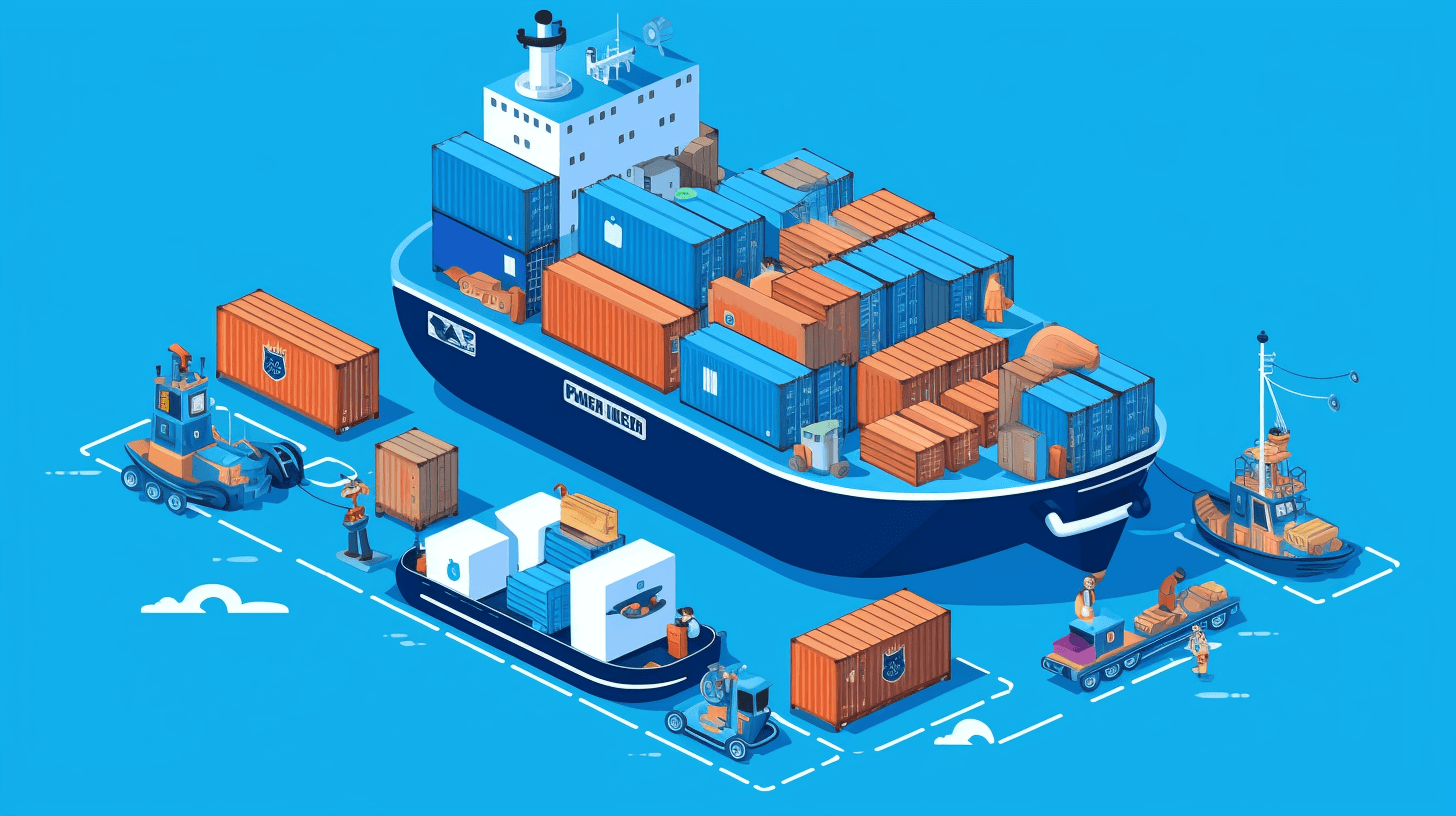Setting Up Strapi on Docker: Efficient Deployment and Scaling
- User Experience

In the dynamic world of web development, the need for efficient, scalable, and reliable backend solutions is paramount. Strapi, a leading open-source headless CMS, offers flexibility and ease of use for developers. Pairing Strapi with Docker, a powerful containerization platform, can significantly enhance deployment efficiency and scalability. This article from Kapsys delves into the nuances of setting up Strapi on Docker, addressing common challenges, and leveraging Docker Compose for an optimized development experience.
What is Docker?
Docker is a containerization platform that allows developers to package applications and their dependencies into containers. These containers are lightweight, portable, and provide a consistent environment across different systems.
What is Strapi?
Strapi is an open-source headless content management system (CMS) that gives developers the freedom to design their API through a customizable admin panel. It's built on Node.js, making it efficient for building modern web applications.

Setting Up Strapi on Docker
In this crucial part of our guide, we outline the step-by-step process of setting up Strapi on Docker, from initial installation to fine-tuning with Docker Compose. This practical guide will provide actionable insights for both beginners and experienced developers.
Initial Steps
Setting up Strapi on Docker begins with a few essential steps. We'll guide you through the installation of Docker and the initial setup or migration of your Strapi project into the Docker environment.
Using Docker Compose
Docker Compose simplifies the management of multi-container applications like Strapi. This section explains how to configure Docker Compose for Strapi, emphasizing key elements to ensure a smooth setup.
Key Configuration Elements
Understanding and correctly configuring Docker Compose's key elements is vital. We'll focus on resolving common challenges such as undefined volumes and networking issues, which are crucial for a successful deployment.
Entry Point in Docker-Compose
The entrypoint in Docker Compose plays a pivotal role in how your Strapi application initializes and runs within Docker. We'll explore how to effectively use this feature to streamline your Strapi deployment.
Scaling Strapi with Docker
Scaling is a critical aspect of modern applications. This section discusses strategies for efficiently scaling your Strapi application using Docker, including considerations for different scaling methods and architectures.
Vertical vs. Horizontal Scaling
Understanding the types of scaling is fundamental in choosing the right approach for your application. We will compare and contrast vertical and horizontal scaling and discuss how Docker aids in both for Strapi applications.
Implementing Scalable Architectures
Developing a scalable architecture is key to handling increased load and user demand. Here, we will explore practical strategies for scaling Strapi applications, focusing on Docker-centric approaches like load balancing and container orchestration.

Best Practices for Strapi and Docker
Adopting best practices is crucial for the long-term success and maintainability of any project. This section covers essential tips and strategies for optimizing your Strapi deployment with Docker, focusing on efficiency, environment management, and security.
Efficient Containerization
Containerization can be optimized in numerous ways. We'll discuss how to create efficient Docker containers for Strapi, touching on aspects like image size, build optimization, and caching.
Environment Management
Different stages of development require different configurations. We'll explore how to manage various environments for your Strapi application using Docker Compose, emphasizing the role of environment variables.
Security Considerations
Security should never be an afterthought. This subsection will cover the best practices for securing your Docker containers and Strapi application, addressing common security concerns and preventive measures.

Troubleshooting Common Docker-Compose Issues
No setup is free from potential issues. This section is dedicated to troubleshooting common problems encountered when using Docker Compose with Strapi, providing solutions and tips to overcome these challenges.
Volume and Network Configurations
Incorrect volume and network configurations are common hurdles. We will provide insights and solutions to typical errors like "service refers to undefined volume" and "networks must be a mapping."
Entrypoint Challenges
Issues related to the Docker Compose entrypoint can disrupt the smooth running of your Strapi application. Here, we'll tackle how to effectively resolve these entrypoint-related challenges.
Conclusion
Wrapping up, we'll revisit the key points covered in the article, emphasizing the advantages of deploying Strapi on Docker. This conclusion underscores the significance of this powerful combination in modern web development.


